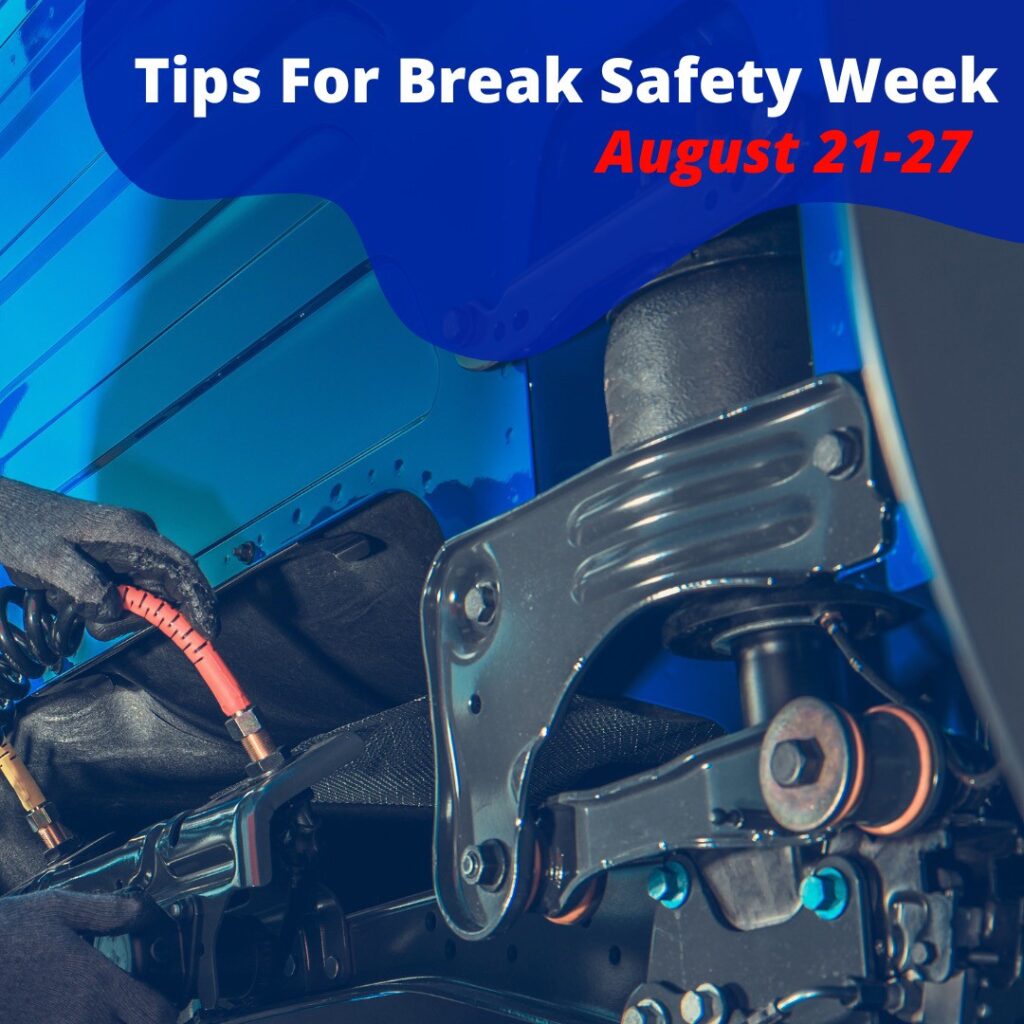Tips from commercial motor vehicle inspectors to help ensure brake hoses and tubing have no issues:
1. Inspect brake hoses and tubing as part of your pre-trip and post-trip inspections.
2. Report any issues in your driver vehicle inspection reports (DVIR).
3. Look for brake hoses that are making contact with steering, suspension, brake, the tires or frame, or other components,
4. Listen for air leaks, identify the leak’s location, and make the necessary repairs before leaving.
5. Brake hoses should not be kinked or improperly repaired.
6. Air lines should not hang down and touch the tractor deck or frame.
7. When you find air hoses or tubing making contact with other components, check for abrasion wear, and protect, secure or move the hose to prevent wear.
8. If a hose or tubing is chafing and has caused a reduction in diameter or, on thermoplastic hoses, the secondary white color is visible, a violation exists.
9. If a hose is worn so that the reinforcement ply is cut or abraded, this is an out-of-service condition and should be replaced immediately.
10. Ensure all repairs comply with the manufacturer’s requirements and guidelines.
Check out CVSA for more brake safety tips.

